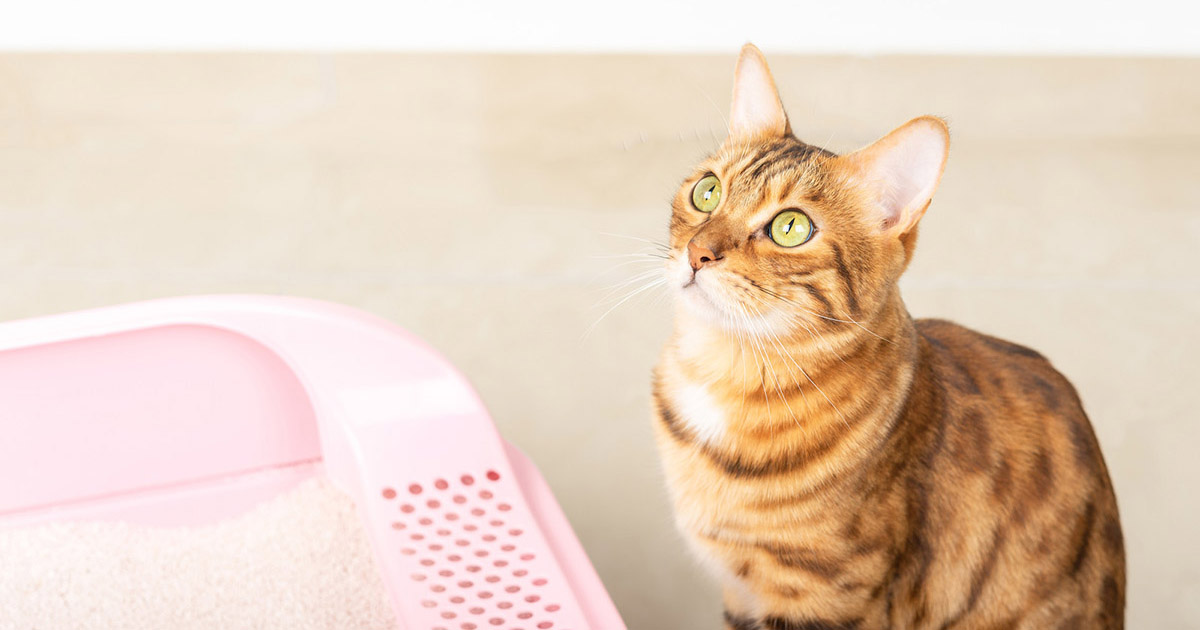This article below in relation to Can You Flush Cat Poo or Litter Down the Toilet? is without a doubt remarkable. Read it yourself and figure out what you think of it.

Intro
As pet cat owners, it's essential to be mindful of how we take care of our feline close friends' waste. While it might appear hassle-free to purge feline poop down the commode, this technique can have harmful effects for both the setting and human wellness.
Environmental Impact
Purging pet cat poop presents hazardous microorganisms and parasites right into the water system, posing a substantial risk to aquatic communities. These pollutants can adversely impact aquatic life and compromise water top quality.
Health and wellness Risks
In addition to ecological concerns, flushing cat waste can additionally pose health and wellness dangers to people. Feline feces might include Toxoplasma gondii, a parasite that can create toxoplasmosis-- a potentially extreme health problem, especially for expectant women and individuals with damaged immune systems.
Alternatives to Flushing
Luckily, there are much safer and more liable methods to get rid of pet cat poop. Take into consideration the following choices:
1. Scoop and Dispose in Trash
One of the most typical technique of disposing of pet cat poop is to scoop it into a naturally degradable bag and throw it in the garbage. Be sure to utilize a specialized clutter inside story and dispose of the waste promptly.
2. Use Biodegradable Litter
Choose naturally degradable pet cat clutter made from products such as corn or wheat. These trashes are eco-friendly and can be securely dealt with in the trash.
3. Bury in the Yard
If you have a lawn, think about burying cat waste in a designated area away from vegetable yards and water resources. Make certain to dig deep adequate to stop contamination of groundwater.
4. Mount a Pet Waste Disposal System
Invest in an animal waste disposal system especially designed for feline waste. These systems utilize enzymes to break down the waste, lowering odor and environmental influence.
Conclusion
Responsible family pet possession prolongs beyond supplying food and sanctuary-- it also entails correct waste management. By avoiding flushing feline poop down the bathroom and going with alternative disposal techniques, we can reduce our ecological impact and safeguard human health.
Why Can’t I Flush Cat Poop?
It Spreads a Parasite
Cats are frequently infected with a parasite called toxoplasma gondii. The parasite causes an infection called toxoplasmosis. It is usually harmless to cats. The parasite only uses cat poop as a host for its eggs. Otherwise, the cat’s immune system usually keeps the infection at low enough levels to maintain its own health. But it does not stop the develop of eggs. These eggs are tiny and surprisingly tough. They may survive for a year before they begin to grow. But that’s the problem.
Our wastewater system is not designed to deal with toxoplasmosis eggs. Instead, most eggs will flush from your toilet into sewers and wastewater management plants. After the sewage is treated for many other harmful things in it, it is typically released into local rivers, lakes, or oceans. Here, the toxoplasmosis eggs can find new hosts, including starfish, crabs, otters, and many other wildlife. For many, this is a significant risk to their health. Toxoplasmosis can also end up infecting water sources that are important for agriculture, which means our deer, pigs, and sheep can get infected too.
Is There Risk to Humans?
There can be a risk to human life from flushing cat poop down the toilet. If you do so, the parasites from your cat’s poop can end up in shellfish, game animals, or livestock. If this meat is then served raw or undercooked, the people who eat it can get sick.
In fact, according to the CDC, 40 million people in the United States are infected with toxoplasma gondii. They get it from exposure to infected seafood, or from some kind of cat poop contamination, like drinking from a stream that is contaminated or touching anything that has come into contact with cat poop. That includes just cleaning a cat litter box.
Most people who get infected with these parasites will not develop any symptoms. However, for pregnant women or for those with compromised immune systems, the parasite can cause severe health problems.
How to Handle Cat Poop
The best way to handle cat poop is actually to clean the box more often. The eggs that the parasite sheds will not become active until one to five days after the cat poops. That means that if you clean daily, you’re much less likely to come into direct contact with infectious eggs.
That said, always dispose of cat poop in the garbage and not down the toilet. Wash your hands before and after you clean the litter box, and bring the bag of poop right outside to your garbage bins.
https://trenchlesssolutionsusa.com/why-cant-i-flush-cat-poop/

Hopefully you enjoyed our topic about Don’t flush cat feces down the toilet. Many thanks for taking time to browse our blog. Sharing is caring. You never know, you may just be doing someone a favor. I treasure reading our article about Can You Flush Cat Poop Down The Toilet?.
Click Here